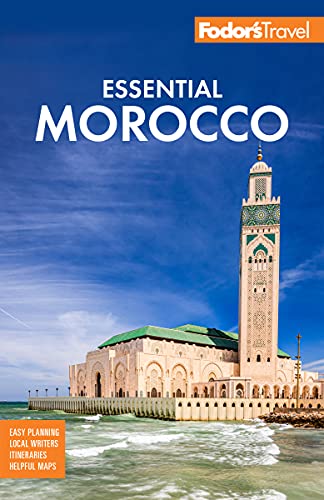Quintessential Morocco
A good start to learning Moroccan culture is to embrace some of the ongoing rituals of daily life. These are a few highlights—customs and sites you can experience with relative ease.
Mint Tea
Moroccan mint tea, or atai as it is commonly known, plays a vital role in Moroccan culture. Although packed with antioxidants, this green tea blended with mint leaves is the drink of hospitality rather than of health. In a country where women most commonly prepare refreshments in the home, Atai is traditionally a man’s affair. Ritually mixed and presented to guests as an ice-breaker, its preparation is considered something of an art form and is relatively complex compared to tea-brewing methods elsewhere. Eye-flickeringly sweet (around five teaspoons of sugar are used per teaspoon of tea) the beverage is poured from a height of around half a meter, resulting in a foamy head and an aerated and aromatic golden liquid. The longer the tea steeps in the pot the stronger it becomes, hence the popular saying: the first glass is as gentle as life, the second glass as strong as love, the third glass as bitter as death.
No social meeting is complete without a minimum of three glasses; the mild digestive is considered so fundamental to almost all daily interactions that it is laughingly referred to as “Berber whiskey.” If you are lucky enough to be invited into a Moroccan home, expect to liberally partake of this symbol of friendship; to refuse is viewed as a virtual declaration of hostility. What is more, no business transaction is clinched without the brew, as becomes immediately apparent when haggling in the souks.
The Outdoors
Blessed with endless beaches, mountains, deserts, and plains that stretch as far as the eye can see, Morocco offers travelers multiple chances to embrace the great outdoors. The mainly temperate climate and relatively easy escape from its various urban sprawls make this a country waiting to be discovered. Whether you hike in the Atlas and climb its snowy peaks, play golf, kite surf on the turbulent waters of the Atlantic, hot-air balloon across desert sands, or ramble by the many waterfalls (look out for native Barbary apes), you are likely to be impressed by the timeless beauty of the landscape. Your journey into these areas of outstanding beauty will not be a lonely one: along the way life is played out in the open, whether goats leisurely chewing at argan trees, hunched countrywomen peacefully herding their cows towards a succulent hibiscus hedging, or small boys playing football around the steep blind bends of the mountain passes. Outdoor excursions are generally easy to organize through a local guide or your hotel.
Markets
Never underestimate what you might find in the souk. From Art Deco gems in Marrakesh’s collectibles market to a 1950s food processor in Casablanca’s junk market, a fascinating array of items washes up in these bastions of the unexpected. Weekly markets, to which farmers and their families flock, are awash with livestock, fruits, vegetables, spices, and nuts, as well as scented oils, repurposed paint-can buckets, and all manner of animal feed. Next to the baked-clay crockery and fluorescent-pink-and-green popcorn, the apothecary stalls dispense dried chameleons, split rocks with fossils inside, and fragments of meteorite. Look more closely and you might be lucky enough to spot some antique Berber jewelry or a highly collectible white-and-silver wedding blanket. Moroccan markets, souks, and bazaars buzz with life. Every town and city has at its hub a thriving collection of stalls, packed with handicrafts, daily essentials, and consumables. Fez el-Bali is virtually all market. The city’s henna souk is famous for its intimate ambience and archaic elegance. Marrakesh’s central market stretches out behind the main square in an intricate labyrinth of alleys, each crammed with colorful souvenirs. The market next to Place el-Hedim in Meknès is also loaded with foodstuffs and other delights. Casablanca’s Marché Central is the heart of the old city and occupies the thriving yet crumbling Art Deco area of “downtown.” Essaouira’s crafts and produce bazaar reflects its laid-back vibe, with good-humored negotiation on price rather than outright haggling.




